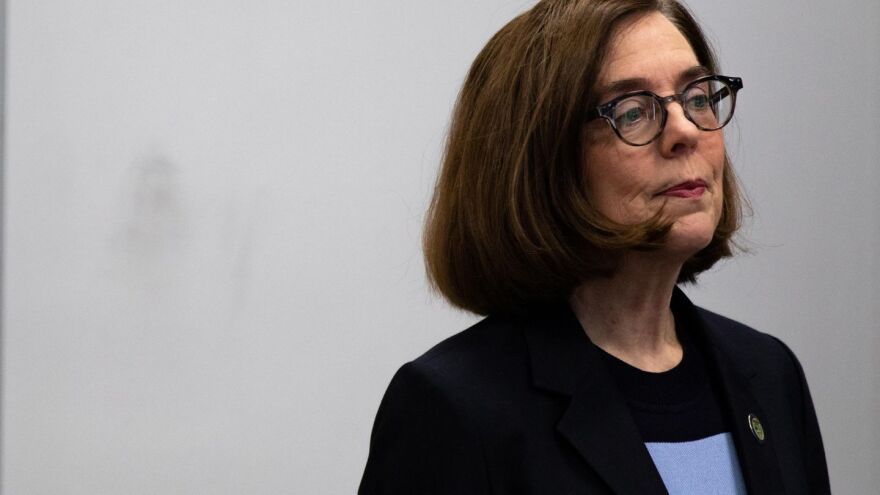Oregon Gov. Kate Brown is easing the statewide restrictions placed on school districts with the goal of seeing more students return to in-person instruction by February; the governor’s latest announcement comes despite a continued surge in the number of people being diagnosed with coronavirus in the state.
Starting the first of the year, the governor’s instructions for returning to school will be “advisory rather than mandatory,” according to information from Brown’s office.
“Moving forward, the decision to resume in-person instruction must be made locally, district by district, school by school,” the governor said in a statement.
The governor announced earlier this week educators and school staff would be prioritized for the COVID-19 vaccines and has asked state agencies to partner with schools to create on-site, rapid testing sites to help curb the spread of the virus.
Brown’s relaxing of the latest benchmarks follows a move by Washington’s Gov. Jay Inslee who recently announced more flexibility in following the metrics for school districts making a decision about whether to reopen.
“As our neighbors to the north have demonstrated, this does not mean schools can resume in-person instruction without regard for COVID-19 spread in the community, but instead should carefully consider the metrics in their local context, the needs of students and families, and readiness to implement health and safety protocols,” Brown said in a statement. “As we move into a new year, we must all rise to the challenges that COVID-19 presents and prioritizing our children is most urgent.”
Certain health and safety standards, such as wearing masks, maintaining distance and guidelines around what to do if there is a COVID-19 outbreak in the school will remain intact and continue to be mandatory.
“The long-term benefits of both heading off an emerging mental health crisis for our children and youth, and addressing the academic challenges that are becoming prevalent for far too many students in the absence of in-person learning, now far outweigh the short-term risk,” Brown said as a way to explain her most recent announcement.
Jim Green, the executive director of the Oregon School Boards Association, said school districts will work closely with local health authorities.
“Our school boards welcome the opportunity to reopen schools safely for our students, staff and communities,” Green said.
But not everyone found the latest announcement welcome news.
The Oregon Education Association, the public education employees’ union, criticized the governor’s latest decision, saying it will “create uncertainty in a moment when clarity has never been more crucial.”
“The governor has said multiple times throughout this pandemic that we must keep our communities healthy while prioritizing the need to get our students safely back into schools — today’s decision accomplishes neither of those goals,” Oregon Education Association President John Larson said in a statement. “Instead, Governor Brown will radically and abruptly change the circumstances by which students and educators are brought back into our public schools, with no time for thoughtful input from Oregon’s education stakeholders and with no real plan for rolling these changes out in any type of deliberative manner.”
Larson blasted the governor for “continually moving goalposts” in the fight against COVID-19.
“Educators understand that our state must continue to monitor and evaluate the most reliable and most recent public health data available as we navigate our state response to this pandemic, but our elected leaders should not and cannot allow political pressures to dictate the manner in which that data is implemented,” Larson said.
He also added the governor’s decision to make the announcement during the holiday week will mean the nearly 70,000 educators working in the state’s K-12 system and their families will now be spending their holiday trying to understand what the latest news means for their lives and livelihoods.
The governor’s current guidelines split counties into three groups based on population. Each county has operated under different school reopening metrics. For large counties, more than 30,000, case counts must be below 200 per 100,000 people over a two-week period and the test positivity rate also must be below 10% for schools to have in-person instruction. Medium counties, those with populations between 15,000 and 30,000, currently need to have a case count over two weeks of less than 60 and the test positivity rate must be less than 10% over a two-week period. For small counties, fewer than 15,000 people, schools need to keep their case counts below 60, again measured over a two-week period.
Those rules have been far too stringent for many counties representing some of the state’s larger school districts to reopen.
Copyright 2020 OPB.


